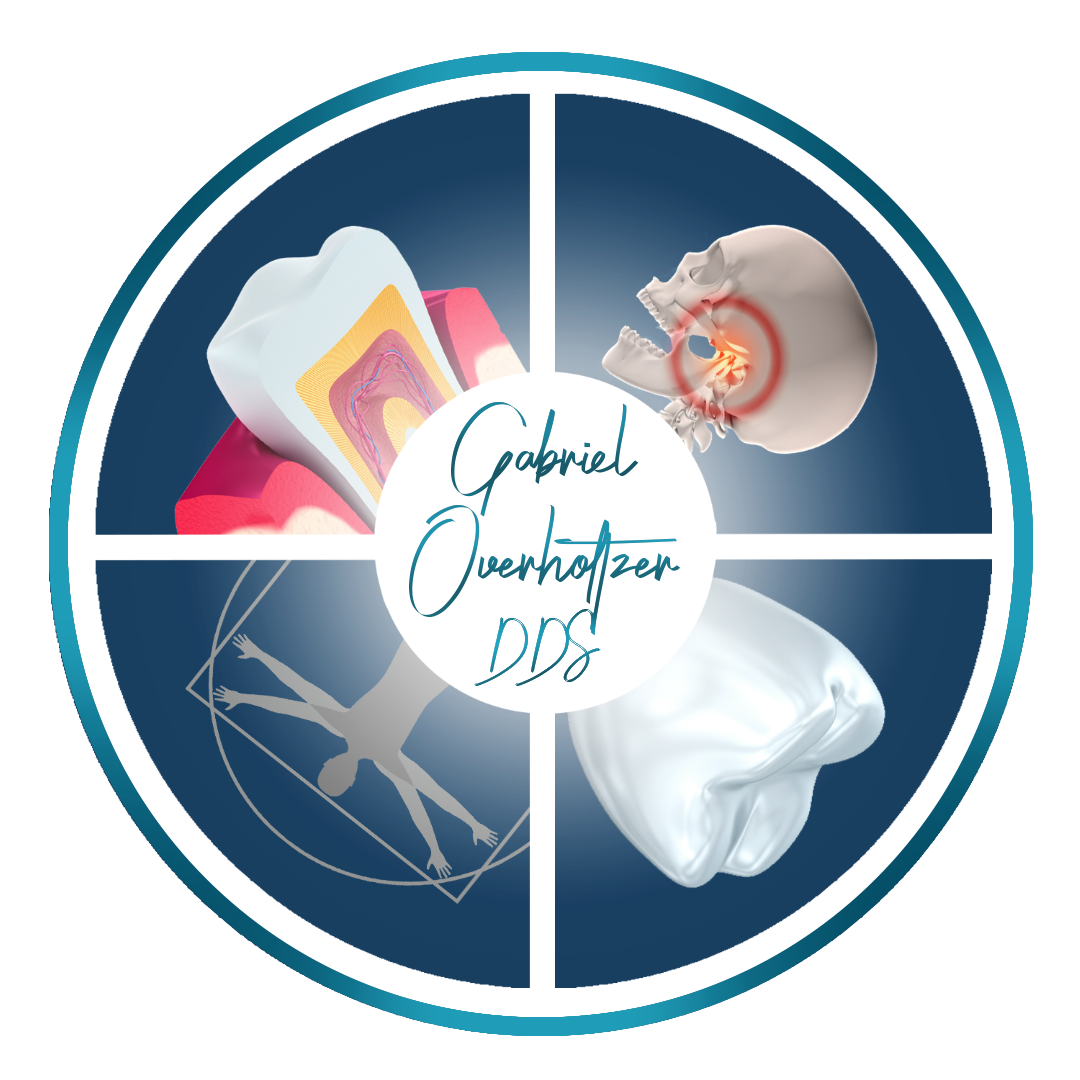Restorative Dentistry Overview
Restorative dentistry plays a crucial role in maintaining and enhancing oral health. This branch of dentistry focuses on repairing and restoring damaged or missing teeth, ensuring not only functional but also aesthetically pleasing results. By offering a comprehensive range of treatments, restorative dentistry helps patients regain their smile and confidence, improving their overall quality of life.
Understanding Restorative Dentistry
Restorative dentistry in Bishop CA or anywhere else is a specialized field of dental care dedicated to the diagnosis, treatment, and rehabilitation of oral health issues. These issues can range from simple cavities to complex tooth loss. The primary goal of restorative dentistry is to restore the natural function, aesthetics, and comfort of the patient’s teeth and gums. It combines various dental procedures and techniques to achieve this objective.
Common Restorative Procedures
1. Dental Fillings: Dental fillings are one of the most common restorative treatments. They are used to repair cavities caused by tooth decay. Traditional amalgam and more modern tooth-colored composite fillings help to restore tooth integrity.
2. Dental Crowns: Dental crowns are custom-made caps that cover damaged or weakened teeth. They provide protection, restore function, and enhance the appearance of the tooth. Crowns are commonly used after root canal therapy.
3. Dental Bridges: Dental bridges are used to replace one or more missing teeth. They consist of artificial teeth, known as pontics, that are anchored to neighboring natural teeth or dental implants. Bridges not only fill gaps but also prevent adjacent teeth from shifting.
4. Dental Implants: Dental implants are considered the gold standard for replacing missing teeth. They involve surgically placing artificial tooth roots into the jawbone. These roots serve as stable foundations for dental crowns, bridges, or dentures, providing a permanent and natural-looking solution.
5. Root Canal Therapy: When the dental pulp becomes infected or inflamed due to deep decay or trauma, root canal therapy becomes necessary. It involves removing the infected pulp, cleaning the root canals, and sealing the tooth to save it from extraction.
6. Dentures: Dentures are removable appliances used to replace multiple missing teeth. They are custom-made to fit comfortably and restore oral function. Modern dentures are more comfortable and natural-looking than ever before.
Advanced Restorative Techniques
Advancements in dental technology have allowed for more advanced restorative techniques. For example, digital impressions, 3D printing, and computer-aided design and manufacturing (CAD/CAM) have revolutionized the creation of restorative dental prosthetics, improving their precision and longevity.
Conclusion
Restorative dentistry is a vital component of overall oral healthcare. Whether you have a cavity, a missing tooth, or a more complex dental issue, restorative dentistry can help you regain a healthy and confident smile. With the continual development of dental materials and techniques, restorative dentistry continues to evolve, ensuring that patients receive the best possible care and outcomes for their oral health. If you’re experiencing dental problems, consult with a skilled restorative dentist to explore your treatment options and take the first step towards reclaiming your oral health and well-being.
